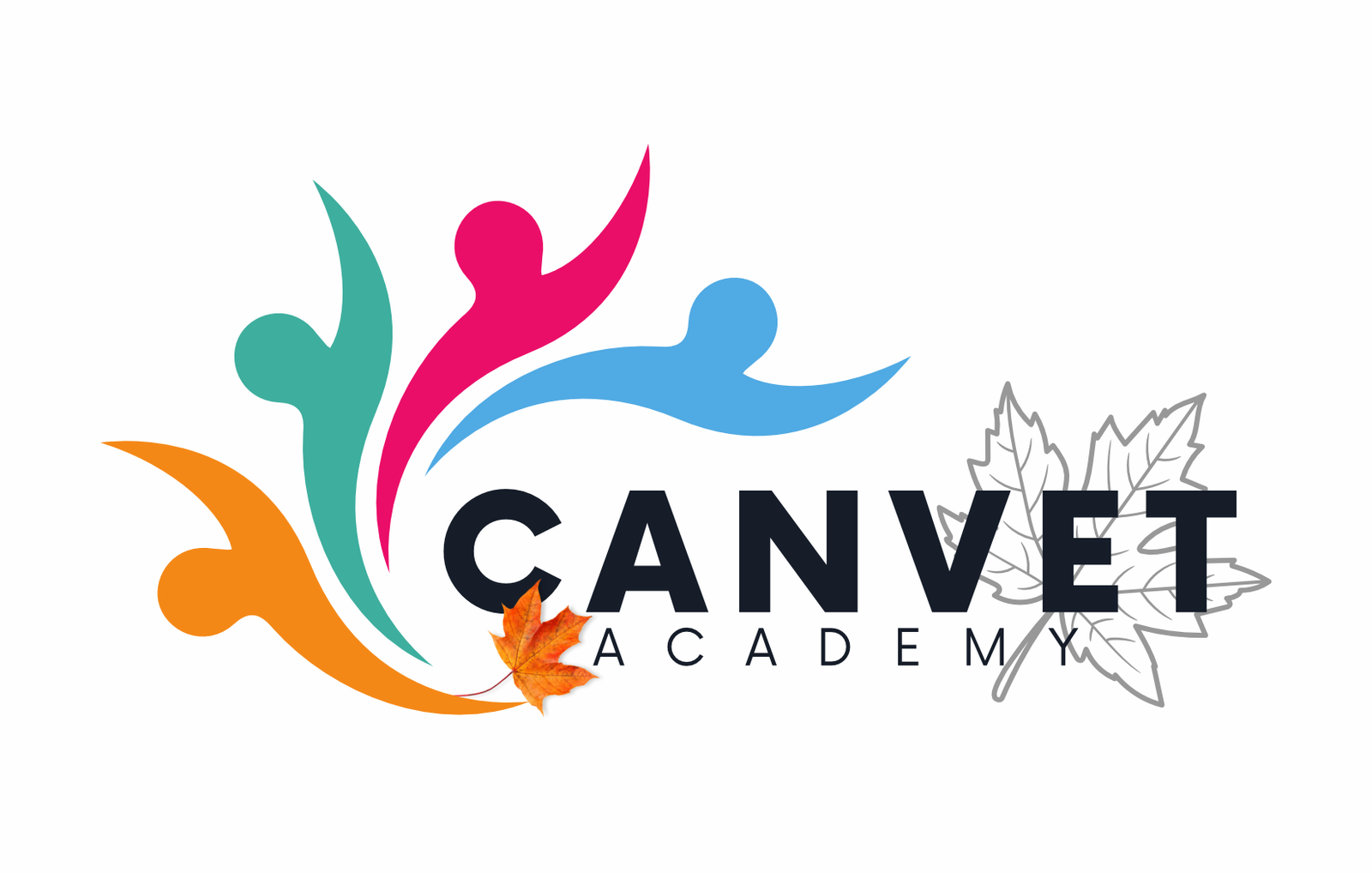Introduction
Veterinary rehabilitation has rapidly evolved from a niche service into a vital part of comprehensive animal care. As pets live longer and undergo more advanced medical procedures, the need for effective rehabilitation protocols has never been more critical. Today, innovative biomechanical therapies are transforming recovery outcomes, ushering in a new era of veterinary medicine. This blog explores the future of veterinary rehabilitation, focusing on cutting-edge biomechanical interventions that are redefining recovery for animals.
Understanding Veterinary Rehabilitation
Veterinary rehabilitation involves the application of physical therapy principles to animals recovering from surgery, injury, chronic conditions, or age-related degeneration. The primary goals include restoring mobility, reducing pain, improving strength, and enhancing the overall quality of life. Traditional methods such as manual therapy, exercise regimens, and hydrotherapy are being enhanced and, in some cases, replaced by advanced biomechanical technologies.
Conditions Requiring Rehabilitation
Numerous conditions necessitate rehabilitation for optimal recovery:
Orthopedic surgeries (e.g., cruciate ligament repair)
Neurological disorders (e.g., intervertebral disc disease)
Arthritis and joint degeneration
Post-trauma recovery
Obesity-related mobility issues
Age-related muscle wasting and coordination loss
Biomechanics in Veterinary Medicine
Biomechanics is the study of the mechanical principles of living organisms, particularly their movement and structure. In veterinary medicine, it involves analyzing how animals move, distribute weight, and respond to physical forces. Applying biomechanical principles allows for targeted therapies that optimize recovery, reduce strain, and restore function with precision.
Advanced Biomechanical Therapies Revolutionizing Recovery
1. 3D Motion Analysis Systems
These systems use infrared cameras and sensors to create a digital model of an animal’s movement. This data helps veterinarians assess gait, posture, and limb function in great detail. 3D motion analysis is invaluable for designing personalized rehab plans and monitoring progress with objective metrics.
2. Underwater Treadmill Therapy with Resistance Modulation
While hydrotherapy is not new, modern underwater treadmills with adjustable water levels, temperature, and resistance settings offer customizable recovery experiences. The buoyancy reduces joint stress, while controlled resistance builds strength without overexertion.
3. Laser Therapy (Photobiomodulation)
Laser therapy stimulates cellular repair and reduces inflammation using specific wavelengths of light. It’s effective for managing pain, speeding up healing, and improving circulation. New generation laser devices offer deeper tissue penetration and smart targeting for optimal outcomes.
4. Electrostimulation and Neuromuscular Electrical Stimulation (NMES)
These therapies deliver electrical impulses to stimulate muscle contractions. They are particularly effective in post-operative recovery where muscle atrophy is a concern. Advanced NMES devices now allow for targeted, programmable stimulation suited to various animal sizes and conditions.
5. Wearable Biomechanical Devices and Exoskeletons
Custom orthopedic braces and limb-support devices improve mobility and correct limb alignment during recovery. Additionally, research into veterinary exoskeletons shows promise, particularly for animals with partial paralysis or chronic joint instability.
6. Force Plate Technology
This technology measures ground reaction forces when an animal walks or runs across a specialized platform. It provides precise data on weight distribution, limb loading, and symmetry—crucial for diagnosing lameness and tracking rehabilitation progress.
7. Shockwave Therapy (Extracorporeal Shock Wave Therapy)
This non-invasive treatment uses acoustic waves to stimulate healing in bones, tendons, and ligaments. It’s particularly useful for chronic pain conditions and tendon injuries in both pets and performance animals.
Role of AI and Machine Learning in Rehabilitation
Artificial intelligence and machine learning are enhancing the effectiveness of biomechanical therapy by enabling predictive modeling and automated diagnostics. AI-driven analysis of motion capture and force plate data can identify subtle gait abnormalities and suggest optimized rehabilitation strategies. These technologies improve efficiency and accuracy in treatment planning.
Tele-rehabilitation: Expanding Access to Care
With the rise of telemedicine, veterinary tele-rehabilitation is becoming increasingly viable. Pet owners can consult specialists remotely and receive guided exercise regimens, live movement assessments, and progress tracking through smartphone apps and video conferencing platforms. This is especially beneficial for animals in remote or underserved areas.
Integrating Nutritional and Pain Management Strategies
Effective rehabilitation is not limited to physical therapy alone. Integrating:
Nutritional support for muscle development and joint health
Pain management protocols including NSAIDs, opioids, and alternative therapies like acupuncture
Supplements like glucosamine, chondroitin, and omega-3 fatty acids …greatly enhances recovery outcomes and patient comfort.
Rehabilitation in Exotic and Large Animals
Biomechanical rehabilitation is not limited to dogs and cats. Horses, rabbits, birds, and even zoo animals are benefitting from advanced therapies:
Equine rehabilitation includes underwater treadmills, cold laser therapy, and chiropractic adjustments.
Avian patients may undergo wing-stabilization therapy and targeted muscle stimulation.
Zoo medicine employs mobile diagnostic tools and customized braces for large mammals.
Veterinary Rehabilitation in Geriatric Animals
Senior pets often suffer from multiple musculoskeletal issues. Biomechanical therapy improves not just mobility but cognitive function and overall well-being in older animals. Techniques like proprioceptive training, low-impact exercises, and anti-inflammatory diets are key to enhancing quality of life.
Training and Certification for Veterinary Professionals
To support the growing demand for advanced rehabilitation, veterinary professionals are seeking specialized certifications such as:
Certified Canine Rehabilitation Therapist (CCRT)
Certified Veterinary Pain Practitioner (CVPP)
Diplomates in Sports Medicine and Rehabilitation (DACVSMR) Ongoing education and hands-on training are vital to safely and effectively applying biomechanical therapies.
Challenges and Considerations
Despite the promise of advanced therapies, several challenges remain:
Cost and accessibility of high-tech equipment
Limited awareness among general practitioners
Need for standard protocols for various conditions
Compliance issues with home-based exercises and owner follow-through
Future Directions and Innovations
Robotics and automated therapy units to deliver consistent care
Smart collars and harnesses that track biomechanics in real time
Regenerative therapies like stem cell and platelet-rich plasma (PRP) integrated into rehab protocols
Cross-disciplinary collaboration between engineers, veterinarians, and rehabilitation specialists
Conclusion
The future of veterinary rehabilitation is not only promising—it is already transforming animal recovery. With the integration of advanced biomechanical therapies, animals can now achieve faster, more complete, and more comfortable recoveries. As technology becomes more accessible and practitioners more skilled, rehabilitation will continue to evolve into a cornerstone of modern veterinary care. Pet owners, veterinarians, and researchers must work together to ensure these innovative treatments reach every animal that can benefit from them.





